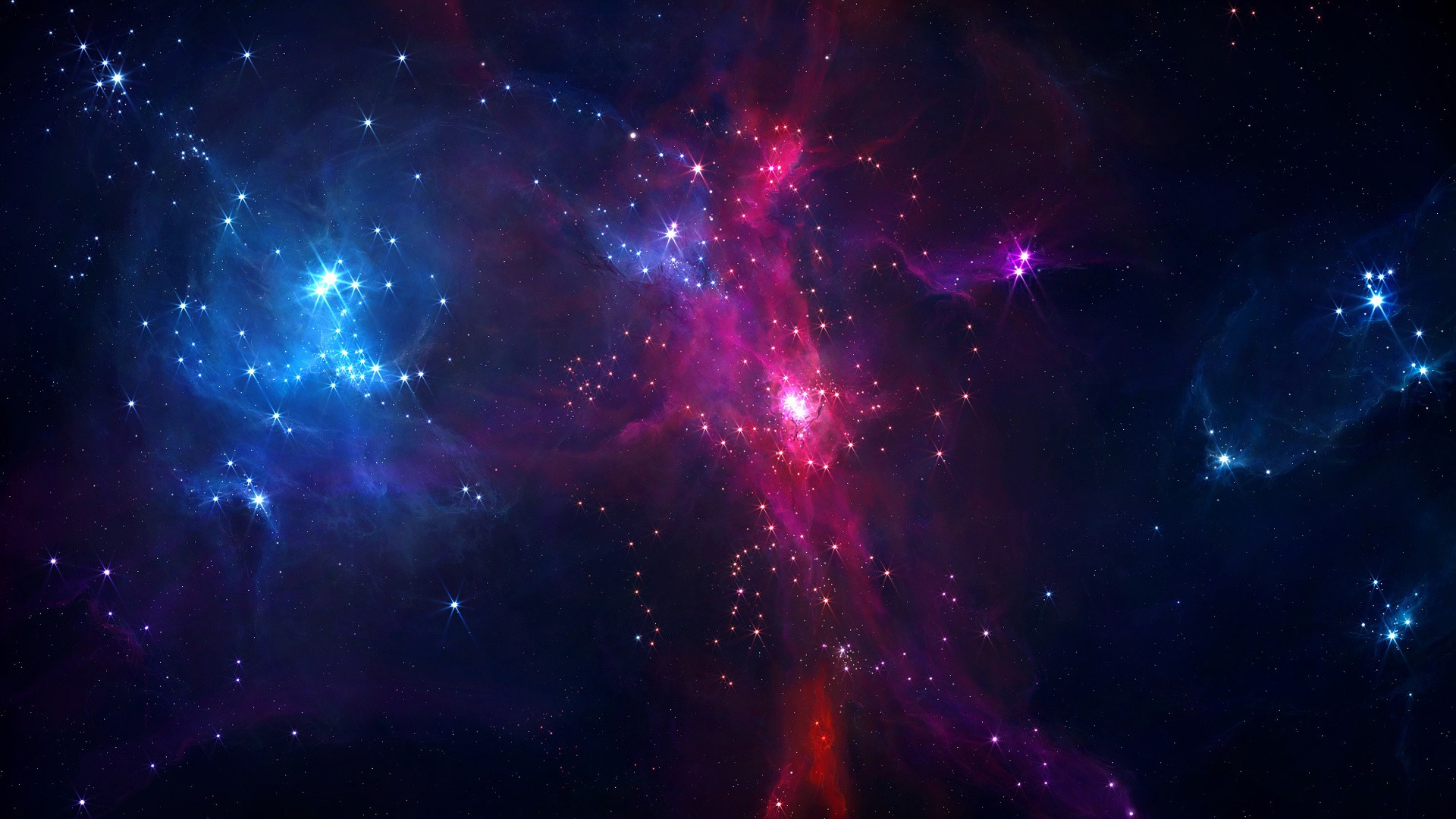
Incandescent light bulbs are energy hogs, but many people prefer them for the cozy quality of light they emit. Scientists in Germany have set out to build energy efficient organic LED (OLED) lights that could rival incandescent bulbs in white-light color quality.

Magnetic random-access memory based on new spin transfer technology achieves higher storage density by packing multiple bits of data into each memory cell.

School-age children whose mothers nurtured them early in life have brains with a larger hippocampus, a key structure important to learning, memory and response to stress. The new research, by child psychiatrists and neuroscientists, is the first to show that changes in this critical region of children’s brain anatomy are linked to a mother’s nurturing.

Leaner, greener flying machines for the year 2025 are on the drawing boards of three industry teams under contract to the NASA Aeronautics Research Mission Directorate

Mouse skin cells can be converted directly into cells that become the three main parts of the nervous system, according to researchers at the Stanford

Mouse skin cells can be converted directly into cells that become the three main parts of the nervous system, according to researchers at the Stanford

NASA's Interstellar Boundary Explorer (IBEX) has captured the best and most complete glimpse yet of what lies beyond the solar system.

Panorama - Indian clean energy investments outpace the rest of the world - Renewable Energy Magazine, at the heart of clean energy journalism

Panorama - Renewables M&A hits record highs rising 40% year-on-year - Renewable Energy Magazine, at the heart of clean energy journalism

Researchers working at the US Department of Energy

Physicists have built an accurate model of part of the solar system inside a single atom. Scientists have shown that they could make an electron orbit the atomic nucleus in the same way that Jupiter

Scientists working at the U.S. Department of Energy's (DOE) SLAC National Accelerator Laboratory have created the shortest, purest X-ray laser pulses ever achieved, fulfilling a 45-year-old prediction and opening the door to a new range of scientific discovery.

Researchers in the US have, for the first time, cloaked a three-dimensional object standing in free space, bringing the much-talked-about invisibility cloak one step closer to reality.

Earth is alive, asserts a revolutionary scientific theory of life emerging from Case Western Reserve University School of Medicine. The trans-disciplinary theory demonstrates that purportedly inanimate, non-living objects -- for example, planets, water, proteins, and DNA -- are animate, that is, alive. With its broad explanatory power, applicable to all areas of science and medicine, this novel paradigm aims to catalyze a veritable renaissance.